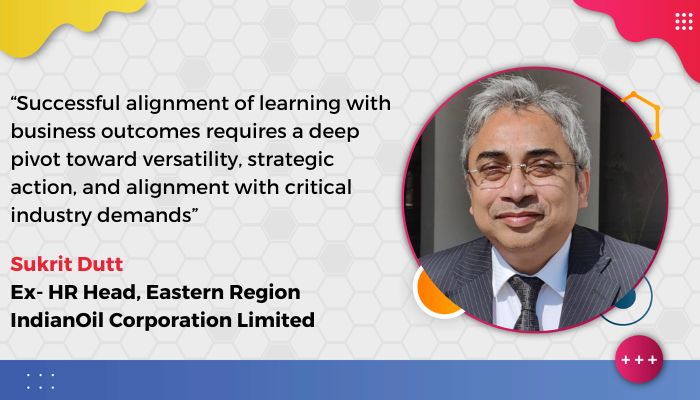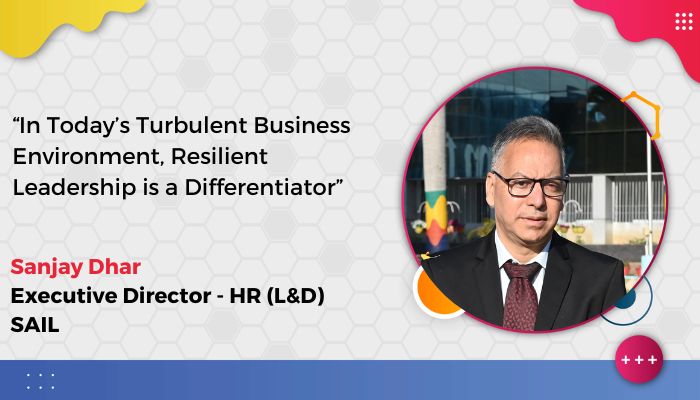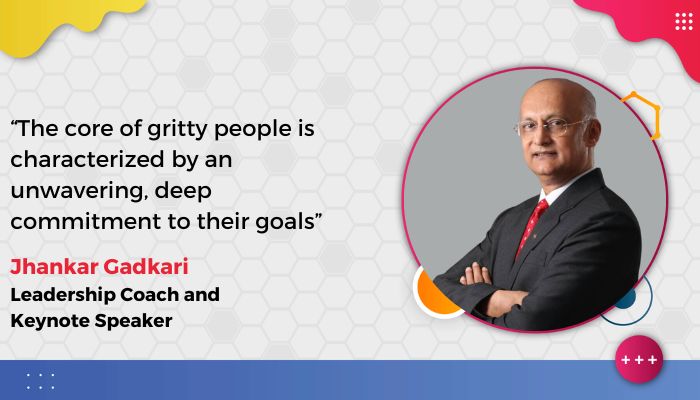Vish Sastry Rachakonda (Sastry), founder and CEO of iQuanti, charts out three ways for employers to leverage learnings from digital marketers
Digital marketing has traditionally been associated with companies attracting customers or selling online. Largely because of its revenue focus and users moving online, digital marketing has evolved in sophistication that the HR professionals and employers can learn from.
Staffing and HR systems have moved online driven by platforms – like LinkedIn, Naukri or Zoho. But the approach has often been platform-centric rather than user-centric. Digital marketing professionals started at a similar point but are much further ahead in their use of digital channels to influence people’s behaviors. This has sharply improved metrics for the company and the same can be done in the employer arena as well.
Here are three things that employers can apply learnings from digital marketing:
1. Managing prospective employee journey
Staffing has largely moved online. All companies use some combination of LinkedIn, Naukri and websites to recruit talent. As marketing has evolved, marketers have realized that any user interaction is not one off. It is a part of a larger journey. Marketers map the journeys and work across platforms to manage holistic user journeys with a view to ‘converting’ a prospect.
A prospective employee is no different. A potential employee may be connected to some of our employees on LinkedIn because they work in the same space. They may see our job posting on a portal and then look us up on LinkedIn. They go to the website, see what we have to offer to our customers and then check the employee section. And then they may go to Glassdoor to check the reviews. The challenge for a company is to manage this journey so that the right prospects are convinced into applying to a company. Also employees who are not a good fit are dissuaded. Often times, applications coming through a website are lost in the shuffle because of sheer volume. If a website can communicate a solid value proposition, it may also dissuade people who do not fit to apply.
Companies that do this well attract the most talent. Too often though, companies are siloed in our approach. There are different approaches to different platforms and the prospective employee journey is fractured and inconsistent. Digital marketers have methodologies to map journeys and manage the experience, which HR professionals should learn and apply.
“A prospective employee is no different. A potential employee may be connected to some of our employees on LinkedIn because they work in the same space. They may see our job posting on a portal and then look us up on LinkedIn. They go to the website, see what we have to offer to our customers and then check the employee section.”
Vish Sastry Rachakonda
2. Digital as an employee management differentiator
Most companies have transitioned their customer service and management to include digital touch-points. These use underlying data from CRM systems to segment the customers and provide different customers with tailored experiences to maximize value for the enterprise.
As employers, many of us have moved our employee touchpoints online. Employees can manage their performance management online, apply for vacation online and do most of the processes online. But that is where it stops.
There is enormous opportunity to use digital platforms as a channel to engage our employees, use differentiated experiences to retain our most valuable employees and largely increase employee satisfaction.
For example, one key reason for employee retention is that employees feel that they are learning and evolving.
Managing customized learning platforms that enable employees to learn continuously and feel challenged is a better longer term way to retain employees. Employees who leave because they feel they are not learning enough are often the best employees – they care about learning and doing better by tailoring experiences so that employees are on this path of continuous learning and it helps employers, employees and creates more value.
3. Digital to manage your brand
Digital marketers realize that by the time someone is searching for your category, they already are half way to making a decision. The first prize to drive a ‘branded search’ is where a prospective customer is already searching for your brand. The second prize is to ensure that you are in consideration – by ensuring that you show up when your users are researching your category and consider you enough to click.
This is very similar to what one deals in staffing. You have to ensure that you have a brand that the top candidates find desirable. If they come and apply to you proactively, it is the first prize. The second prize is to ensure that they are found when you start to fill positions and ensuring that you are in consideration.
By the time, people come and see your job posting, they already have an impression of you. Brand is driven by the sum of all experiences that one undergoes with your company. By ensuring that you are driving consistent experience, you will drive your brand values.
For example, many companies have SLAs on how quickly they respond to their customers. But when it comes to be responsive to a post interview query, the lead times can be long and the company can come across as uncaring. But this is your brand getting defined.
It is important that your customer facing brand and your employee brand move in lockstep. Each can help the other. People apply for a brand they perceive as cool and they will consider a brand that is desirable employer (especially in the B2B space).
Largely employees and prospective employees have moved online. By using digital more strategically, we are more likely to achieve our goals as employers of attracting the right talent, keeping them engaged and reinforcing our brand in the marketplace. Learning from digital marketing which is more evolved can help us mature much faster.
About the author
Vish Sastry Rachakonda (Sastry) is the founder and CEO of iQuanti, New York and Bangalore-based digital company focused on a data driven approach to digital marketing. Founded in 2008, iQuanti works with some of the best known brands globally and was ranked on the Inc 500 list of fastest growing companies in the US for four years. Prior to iQuanti, Sastry used to run the Business Card area at Discover where he found his passion for entrepreneurship. Prior to Discover, Sastry held a number of positions at American Express in New York. Sastry holds a B.Tech degree from IIT BHU and a management degree from IIM Calcutta, India.






